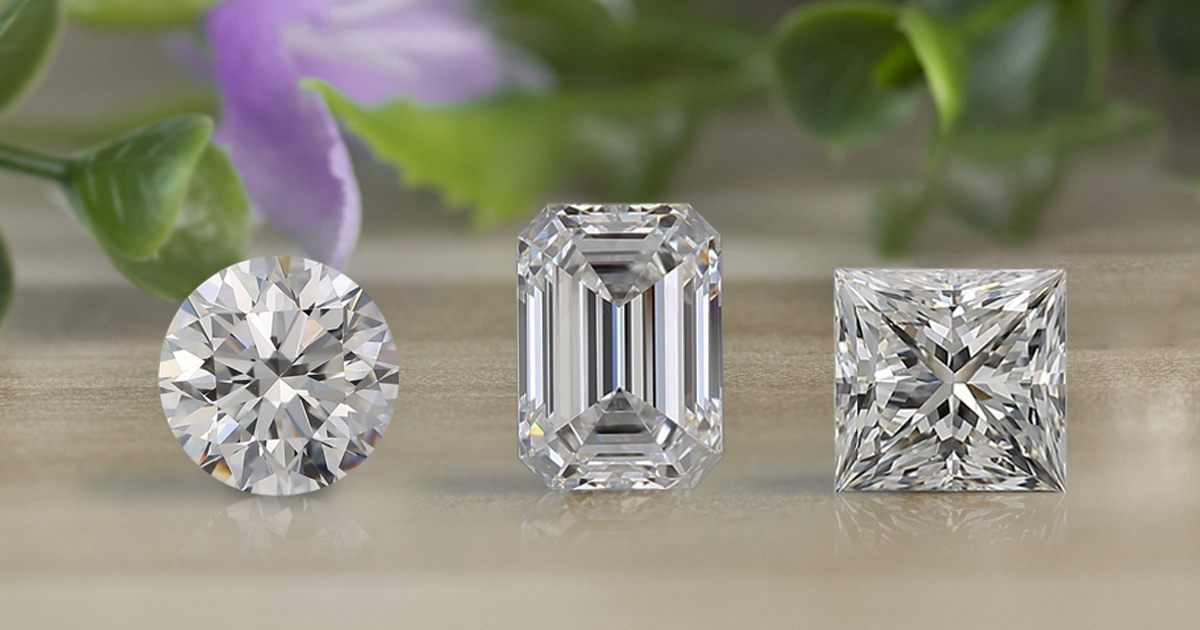
In recent years, lab-grown diamonds have gained significant popularity as an ethical and sustainable alternative to mined diamonds. As consumers become more conscious of their environmental footprint and ethical considerations, lab-grown diamonds offer a compelling choice. However, navigating the world of lab-grown diamonds requires an understanding of the 4Cs: Cut, Color, Clarity lab diamonds, and Carat Weight. These criteria not only determine the quality and value of a diamond but also influence its appearance and price.
Cut: The Sparkle Factor
The cut of a diamond refers to its proportions, symmetry, and polish, which directly impact its brilliance and sparkle. A well-cut diamond reflects light internally and disperses it through the top, creating that coveted sparkle. The grading scale ranges from Excellent to Poor, with Excellent cuts maximizing brilliance and Poor cuts diminishing it. When choosing a lab-grown diamond, opt for cuts that emphasize light performance for maximum dazzle.
Color: Shades of Brilliance
Unlike natural diamonds, which range from colorless to various shades, 4Cs lab grown diamonds often exhibit minimal color variations. The Gemological Institute of America (GIA) grades diamond color on a scale from D (colorless) to Z (light yellow or brown). Lab-grown diamonds typically fall within the D to J range, with D being the most colorless and highly valued. Depending on personal preference and budget, selecting a color grade that appears white to the naked eye ensures a brilliant appearance in various settings.
Clarity: Nature’s Markings
Clarity assesses the presence of internal and external imperfections, known as inclusions and blemishes, respectively. These naturally occurring characteristics affect a diamond’s transparency and overall beauty. The GIA grades clarity from Flawless (no imperfections visible under 10x magnification) to Included (imperfections visible to the naked eye). Lab-grown diamonds generally have fewer inclusions due to their controlled growth environment, offering excellent clarity grades that enhance brilliance and transparency.
Carat Weight: Size Matters
Carat weight measures a diamond’s size, with one carat equivalent to 200 milligrams. While carat weight influences a diamond’s perceived size, it’s essential to consider how it interacts with cut quality. A well-cut diamond may appear larger than a poorly cut diamond of the same weight. Lab-grown diamonds provide flexibility in choosing larger carat sizes without compromising quality, making them an attractive option for those seeking impressive size and brilliance.
Conclusion: Choosing Your Perfect Lab-Grown Diamond
Understanding the 4Cs empowers consumers to make informed decisions when purchasing lab-grown diamonds. Each “C” plays a crucial role in determining a diamond’s beauty, value, and overall appeal. By prioritizing cut for sparkle, selecting an optimal color grade, ensuring excellent clarity, and balancing carat weight with cut quality, you can find a lab-grown diamond that matches your preferences and budget.
Lab-grown diamonds continue to redefine the jewelry industry with their sustainability and ethical advantages. Whether for an engagement ring, anniversary gift, or personal collection, the 4Cs guide ensures you find a diamond that captures hearts while aligning with your values.
